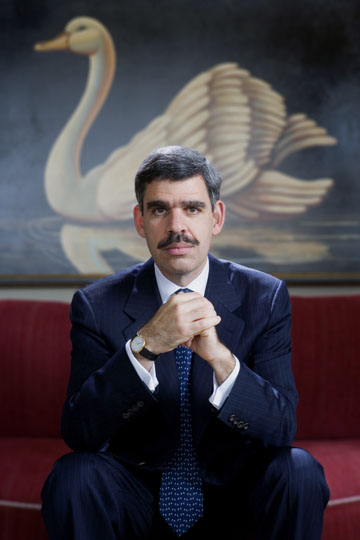Portfolio management highlights extracted from Ruane Cunniff Goldfarb's Sequoia Fund 2012 Annual Letter. These letters always make for pleasant reading, with candid and insightful commentary on portfolio positions and overall market conditions. Risk Free Rate, Discount Rate
“Valuations for stocks are heavily influenced by interest rates, and particularly by the risk-free rate of return on 10-year and 30-year United States Treasury bonds. Relative to the current return on Treasury Bonds, stocks continue to be quite attractive. However, the current risk-free rate of return is not a product of market forces. Rather, it is an instrument of Federal Reserve policy. As long as these policies remain in place, and stocks trade at higher levels of valuation, it will be more difficult for us to find individual stocks that meet our criteria for returns on a risk basis that incorporates substantially higher interest rates than exist currently. Just as we think it would be a mistake for investors to buy bonds at current levels, we believe it would be a mistake for us to buy stocks on the assumption that interest rates remain anywhere near current levels.”
People often equate interest rate risk with bonds, not with equities. As the quote above points out, all assets are to some degree sensitive to changes in interest rates for a variety of reasons. For more on the relationship between equities and interest rates, be sure to read Warren Buffett’s 1977 article How Inflation Swindles the Equity Investor.
Diversification, Sizing, Volatility
“Though it contradicts academic theory, we believe a concentrated portfolio of businesses that has been intensively researched and carefully purchased will generate higher returns with less risk over time than a diverse basket of stocks chosen with less care. However, a concentrated portfolio may deliver results in an individual year that do not correspond closely to the returns generated by the broader market.”
Diversification (or concentration) and sizing decisions will materially impact the expected volatility of a portfolio, but not always in the manner that academic theory predicts.
Cash, Expected Return, Volatility
“If it is not already abundantly clear, you should be aware that our large cash position could act as an anchor on returns in a prolonged bull market. Conversely, in a bear market the cash might cushion the fall of stock prices and provide us with flexibility to make new investments.”
Portfolio cash balance is a double edge sword – providing cushion in down markets and acting as performance drag in up markets. In other words, a material cash balance will most definitely impact the expected return and expected volatility of the portfolio, for better or for worse.



